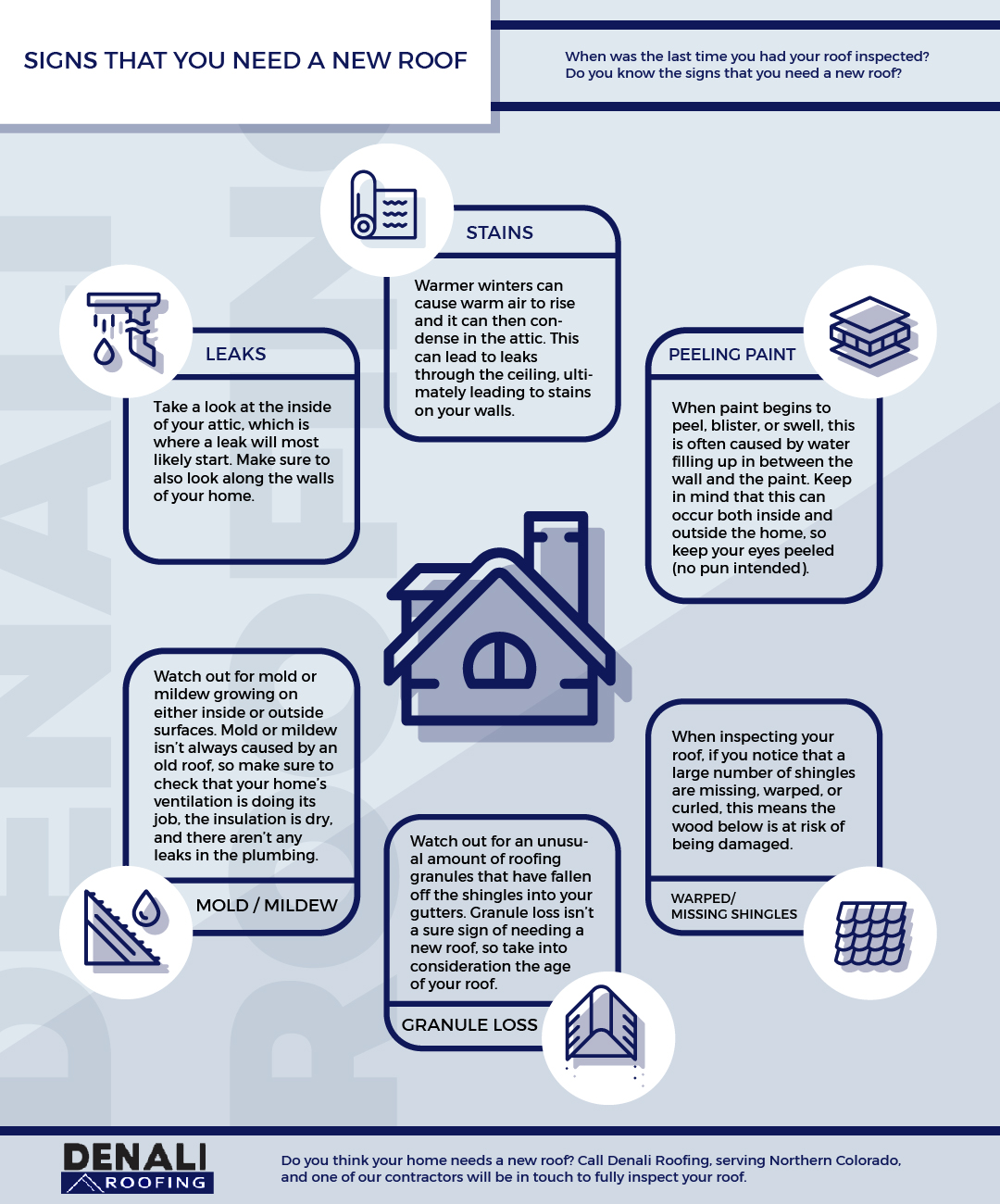Failing To Attend To Roof Covering Air Flow Might Cause Significant Damage; Explore The Critical Aspects That Add To A Successful Setup And Secure Your Financial Commitment.
Failing To Attend To Roof Covering Air Flow Might Cause Significant Damage; Explore The Critical Aspects That Add To A Successful Setup And Secure Your Financial Commitment.
Blog Article
Material By-Conway Poole
When you're dealing with a roofing task, you may not believe much regarding roofing system air flow, but it's more critical than you realize. Efficient air flow assists manage temperature level and moisture in your attic, protecting against problems like mold and architectural damages. By recognizing exactly how to develop and install a well balanced ventilation system, you can enhance power effectiveness and prolong the life expectancy of your roofing materials. So, what are the key elements to think about throughout installment that can make all the difference?
Relevance of Roof Covering Air Flow
Roof covering air flow plays a critical role in keeping the total health and wellness of your home. By enabling fresh air to distribute through your attic room, it helps regulate temperature level and wetness degrees. This balance is necessary to protect against heat buildup throughout hot months, which can cause increased energy prices as your a/c works overtime.
Additionally, correct air flow dramatically minimizes the risk of moisture-related issues like mold and mildew and mildew. If moisture levels rise, your home's structural stability can be jeopardized, leading to expensive repairs. https://cpd.building.co.uk/courses/cpd-02-2021-ventilation-requirements-for-roofing-membranes/ wouldn't wish to deal with decomposing timber or warped roof materials, right?
Additionally, adequate air flow expands the life-span of your roof. When heat and dampness are kept in check, your roof can execute ideally, stopping early damage. This indicates less frustrations and expenditures down the line.
How Roof Covering Ventilation Functions
Efficient roof covering ventilation relies on the natural movement of air to develop an equilibrium in between intake and exhaust. When you install vents, you're basically allowing fresh air to enter your attic while making it possible for hot, stagnant air to leave. This procedure helps manage temperature level and wetness levels, protecting against problems like mold growth and roofing system damage.
Intake vents, normally found at the eaves, reel in trendy air from outside. At https://finnnidwq.webbuzzfeed.com/33748933/what-considerations-figure-out-roof-rates-and-exactly-how-can-home-owners-guarantee-they-make-notified-options-to-obtain-the-most-out-of-their-financial-investment-discover-the-vital-understandings-required-for-your-decision-making , exhaust vents, situated near the ridge of the roofing, allow hot air increase and exit. The distinction in temperature produces a natural air movement, known as the pile result. As warm air surges, it develops a vacuum cleaner that pulls in cooler air from the lower vents.
To enhance this system, you need to ensure that the consumption and exhaust vents are correctly sized and placed. If the consumption is limited, you will not achieve the desired air flow.
Likewise, insufficient exhaust can catch heat and dampness, leading to possible damages.
Key Installation Factors To Consider
When mounting roof covering ventilation, numerous essential factors to consider can make or damage your system's efficiency. Initially, you require to assess your roof covering's layout. The pitch, shape, and materials all influence air movement and air flow selection. Make certain to choose vents that match your roof covering type and local climate problems.
Next off, consider the placement of your vents. Ideally, you'll desire a balanced system with consumption and exhaust vents placed for optimal air movement. Area intake vents short on the roof covering and exhaust vents near the height to urge a natural flow of air. This arrangement assists prevent moisture buildup and promotes power effectiveness.
Do not forget insulation. Correct insulation in your attic stops warm from leaving and maintains your home comfortable. Make sure that insulation does not obstruct your vents, as this can hinder airflow.
Finally, think about maintenance. Select air flow systems that are easy to access for cleaning and assessment. Routine maintenance ensures your system continues to operate effectively gradually.
Final thought
To conclude, roofing system air flow is necessary for a successful installment. By ensuring proper air flow, you can stop heat build-up and moisture problems that result in pricey damages. When you purposefully position consumption and exhaust vents, you boost power performance and prolong the life expectancy of your roof covering. Remember, a well-ventilated roofing not only shields your investment however additionally enhances your interior air quality. So, focus on air flow to ensure a durable and affordable roofing system for your home.
